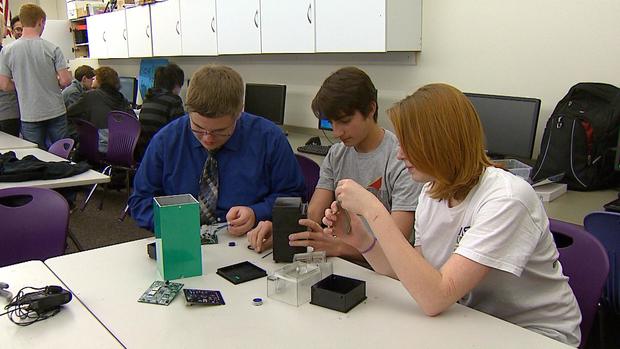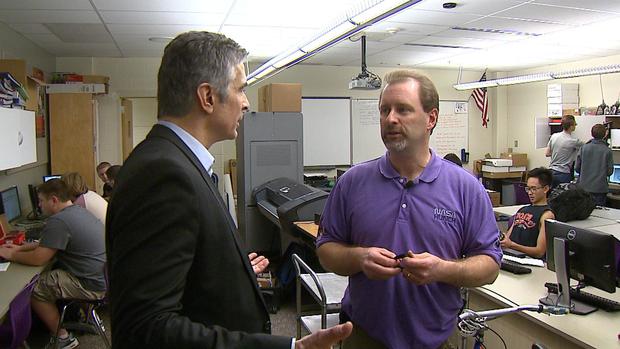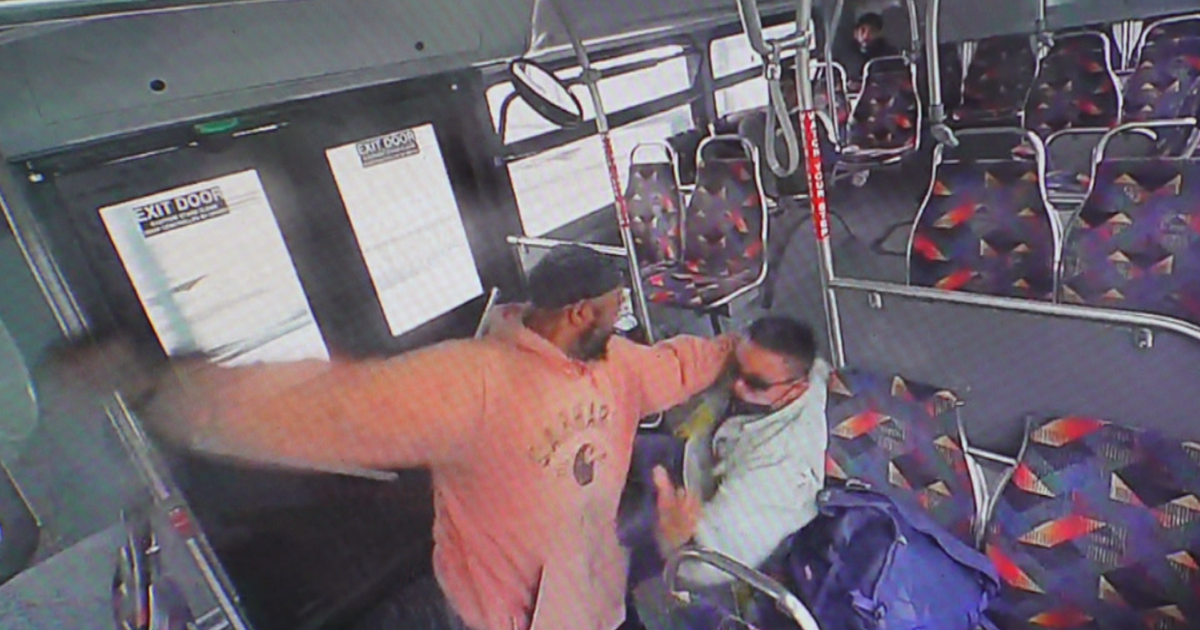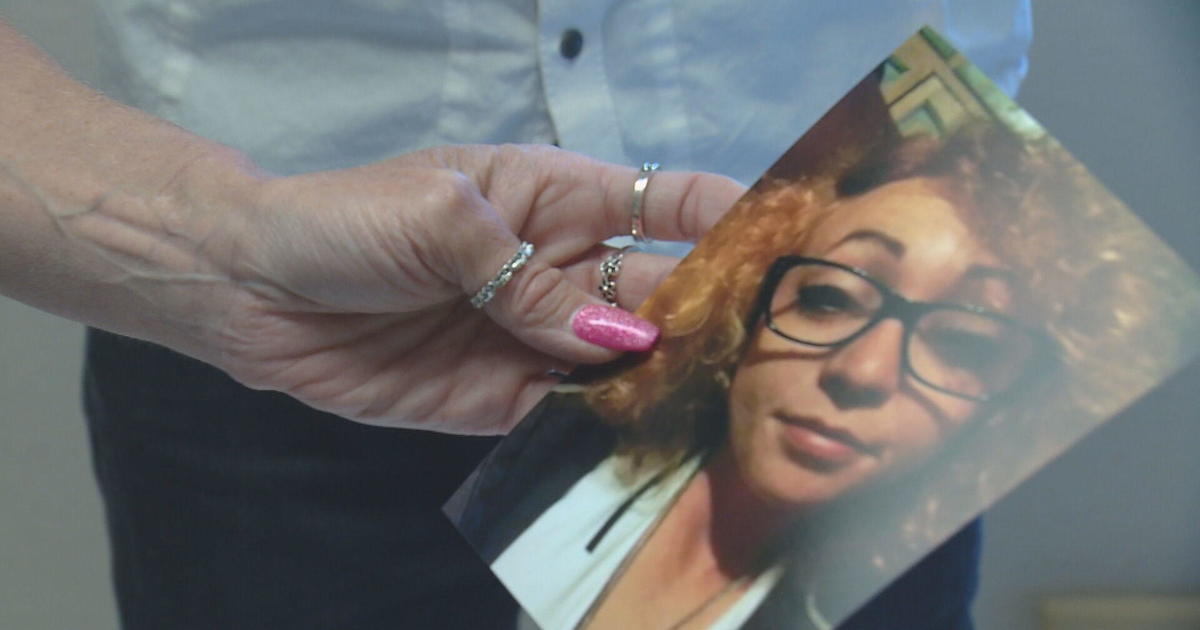Warren Tech/Lakewood High School Students Have Experiment Headed to Space
LAKEWOOD, Colo. (CBS4) - Walk into the Principles of Engineering class for Warren Tech students at Lakewood High School and you will see a lot of busy minds. In every corner of the room someone seems to be working on a project that only a sophisticated engineer might guess.
In one corner they have a small box that's on its way out of this world.
"Six years ago we started developing this," said teacher Matt Brown.
Brown will tell you he didn't do much of it.
"It's a lot of fun to think that something you worked on with your own hands is going to be in space being tested out by astronauts," said junior Joe Tiberi.
What they have designed is a hydrofuge. That's a combination of a centrifuge with the wicking effect of surface tension and a pump.
NASA had a problem for high school students and sent out a challenge under a program called HUNCH. That's an acronym for High School Students United with NASA to Create Hardware. You see, NASA was trying to solve a problem -- how to grow things in zero gravity. Plants will be necessary for long space travel, both as food and for the psychologically beneficial presence of greenery.
The problem was, water tends to smother the roots of plants in zero gravity.
"We have gravity to pull the water off the roots," said Brown. "And up there it just kind of sticks to everything; balls up, blobs around, floats where you don't want it to go."
They needed a way to ensure plants get the nutrients they need from soil.
At first the class was looking at the concept of the benefits of plants, but then took a crack at a centrifuge that would spin water out, allowing the plants to take root and survive. The first one was about the size of a crock pot. It spun the water out -- but the water was not wicking away. So they set to work trying to design something that would do the job.
"This is quite a complex little device and every time we change it, it gets even more complex," said Brown.
The class has a 3-D printer they used to turn out proposed designs. You might think this was all the work of a genius teacher and the students just turn it out. Not his work, said Brown.
"This is 100 percent designed, built, tested by students. I'm just along for the ride," he said.
And they got to ride too. As they've perfected their design the class got to visit with NASA in Texas where they got a ride in the plane popularly known as the Vomit Comet. It flies up and down creating periods of weightlessness.
Teamwork has been huge. Different students work on different pieces. Each time they've made adjustments that have improved the hydrofuge.
"It just takes a lot to get it all integrated together, because it's one big … puzzle," said junior Ryan Sparks.
At one point they saw a video that gave them an idea. Astronaut Dr. Don Petit was playing with coffee in a bendable plastic cup on board the International Space Station in 2002.
"When he kind of folded it into a "v" the coffee would kind of slosh around in that angle and he'd kind of slosh around a little bit and it would settle back into that angle," noted senior Trevor Lucero.
Lucero showed the design on his computer. The ninth iteration of the hydrofuge uses that angle of about 80 degrees.
"So the biggest changes we had to do was to start as this blue chamber we call the contact wetting angle or teardrop shape," said Lucero.
At the same time the experiment had to fit in a small box to be shipped to the International Space Station.
"I think that it's amazing that we managed to fit it into something this small," said junior Clara Wilson.
They made it small and elegant. They spin the water out to the angle, then it's attracted to the angle and is pumped out the bottom. The roots will get the water they need, but not get drowned.
NASA and some private contractors like it so much their experiment will get extra time on the space shuttle to be tested. Their experiment goes up on the next SpaceX 6 launch now scheduled for April 10. And the class will be at Cape Canaveral for the launch. They wouldn't miss it for the world.
"This is our little baby plant growing up in space so, that'll be really cool," said Lucero.







